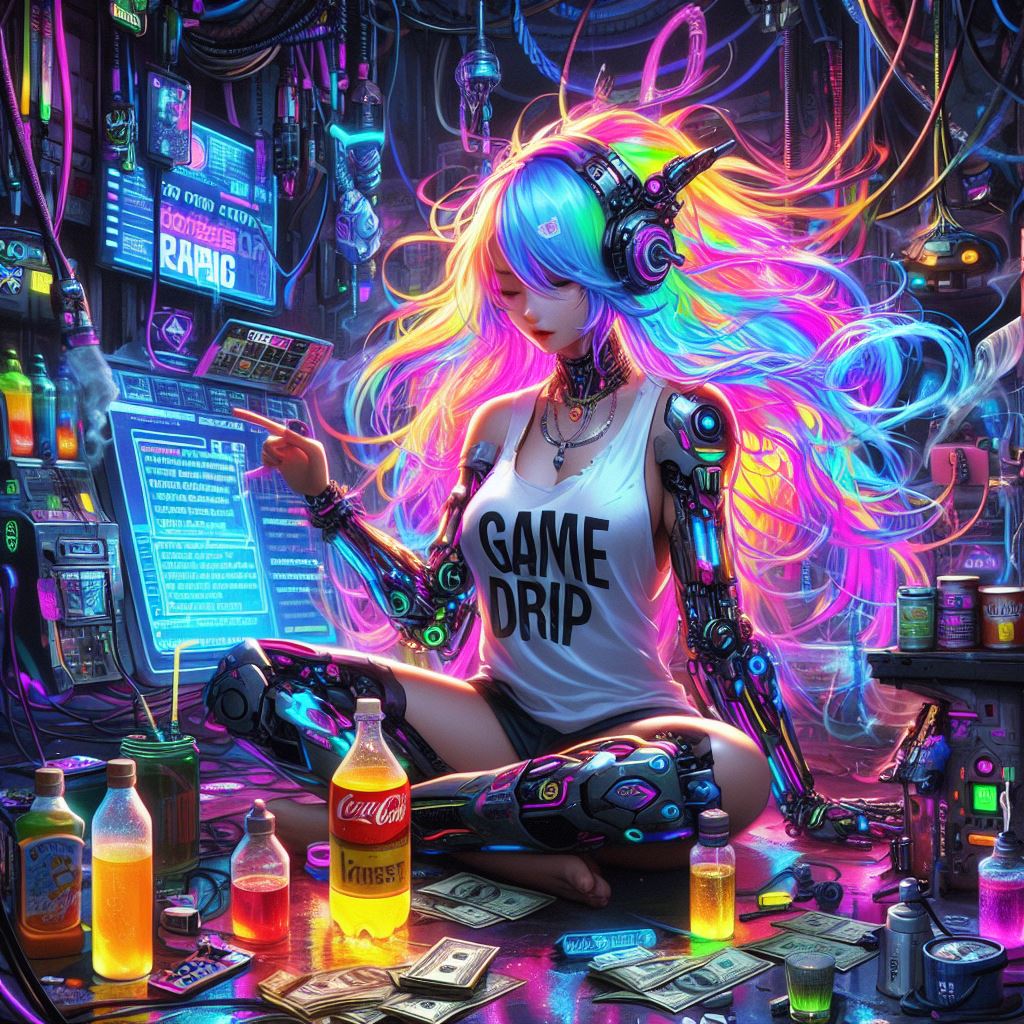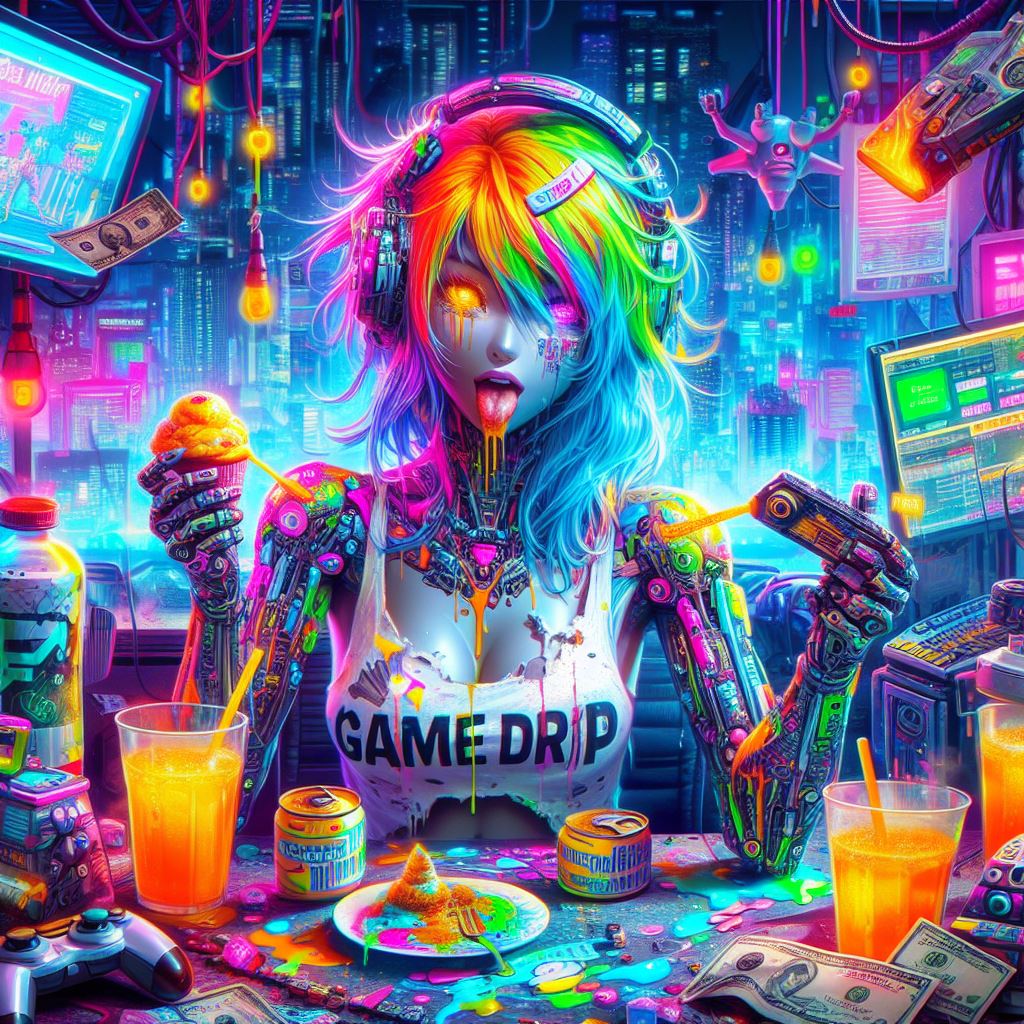As featured on Minecraft Servers Listing
#DraconicTechnoMagic #Wipe #crafting #Interesting #Minecraft #server
Applied Energistics 2 A modification that contains a large number of new content, mainly centered around the concept of using and converting energy in a unique way.
Botania A large and unusual, magical-technical mode in which plants and the natural component must be used as resources. Flowers have mana, they can work like mechanisms, they can shoot.
BiomesOPlenty (Russian. The abundance of biomes) – a modification that extends the boundaries of research and travel in Minecraft. Adds a large number of different biomes
Industrial Craft 2 A modification that adds industrial production to the world
Forestry A modification for Minecraft specifically designed for use with
AE2 Stuff Applied Energistics 2 add-on that adds new die cutters, crystal growth chambers and more.
AFSU Supplement to the IndustrialCraft 2 mod, which will add energy storage for 1,000,000,000 Eu.
Currency Mod adding banknotes to the server, with the help of which the economy is built on the server
Botany Addon to Forestry, adding a huge amount of decor and plants.
Draconic Evolution Mod, adding new powerful tools, armor, cars and various elements that use Redstone Flux to work.
Dragons Radio Mod Mod that adds Radio to the game. With it, you can listen to radio streams through the URL.
Electro Magic Tools is a great gift for fans of industrial modifications. This mod adds a lot of new mechanical blocks and completely new tools. All of them work due to energy, crystals and electricity.
EnderIo is a very cool and rather large technical (industrial) mod for minecraft, a huge number of cars and features. Generate energy, spend it on machines and mechanisms that make your life easier and make the game much more interesting.
Extra Utilities modification without a specific theme, adding various useful objects and elements, such as pipes, generators and magic things.
Extra Bees Addon to Forestry, adding various hives to the generation of the world, new improvements for large hives and frames.
Extra Trees Addon to Forestry, adding the ability to bring out new species of different trees. Want a little cherry tree for your decor? Or maybe a huge sequoia? Yes please! Also, the addon includes quite a lot of decor blocks.
Forbiden Magic addon for the popular Thaumcraft mod, it adds more features with magic, a few new weapons and tools. This addon will add new types of fragments that are used in craft and are used in the main mode.
Super Solar Panel Mod that adds solar panels. Craft panels are complicated and to craft them you will need to study many other mods
Magic Bees Addon to Forestry, which everyone loves so much! With it, you can bring out a huge number of new bees, plant any genes on them, and indeed … It simplifies the life of beekeepers.
GlebiusVC Mod, adding the ability to communicate with other players through a microphone.
Gravitation Suite An addition to the IndustrialCraft 2 mod, adding several new types of armor and tools to the game.
Immersive Engineering modification with a sense of retro futurism, adding mechanisms, many beautiful and functional multi-block structures. The mechanisms use their own energy – Immersive Flux, which is converted to Redstone Flux with a ratio of 1: 1.
MineFactoryReloaded A wonderful industrial mod for automating the collection of resources and their sorting. He will add conveyors for transportation and machines for collecting and sorting resources.
Mouse Tweaker Mod allows you to easily and quickly manage your inventory.
OpenBlocks Modification that adds various useful and funny blocks to the world of Minecraft.
PowerUtils A mod that allows you to convert EU energy to RF and vice versa.
TaintedMagic Mod adds a dark side to the study of magic
TcInventoryScan An addon to Thaumcraft, which allows you to study objects with a Taumometer directly in your inventory and chests.
TConstruct modification, allowing you to create tools and weapons from individual parts
ThaumCraft modification, adding to the world of sorcery and many related things. This modification provides a unique research system. In this modification, the player will be able to feel like a real magician, a sorcerer or even a sectarian.
units, liquid storage facilities and several steam engines and multi-unit structures.
Thermal Expansion A modification that adds to the game new mechanics of resource processing and the organization of automatic production, new resources, their processors, as well as energy and devices for its generation and storage.




















